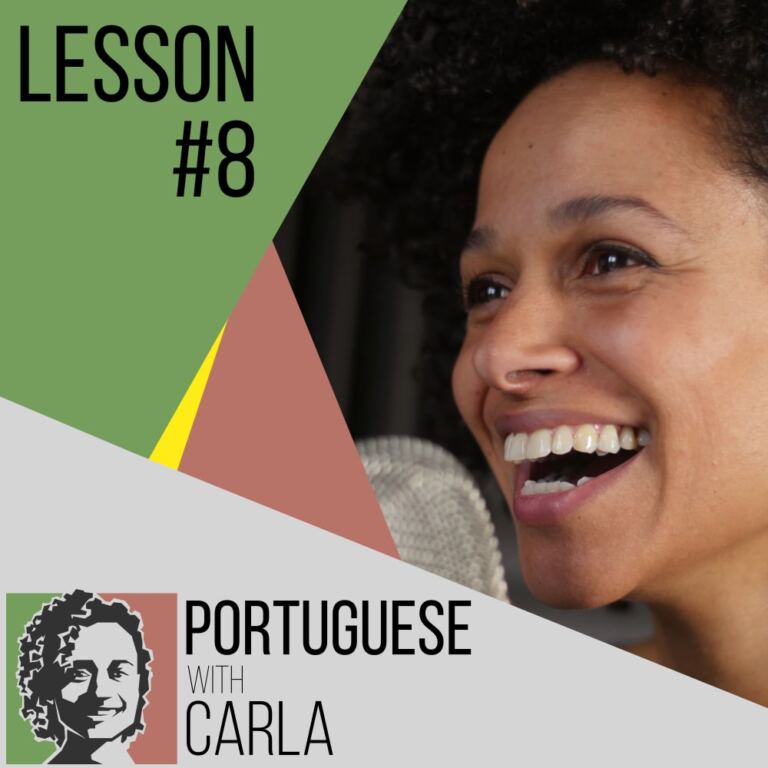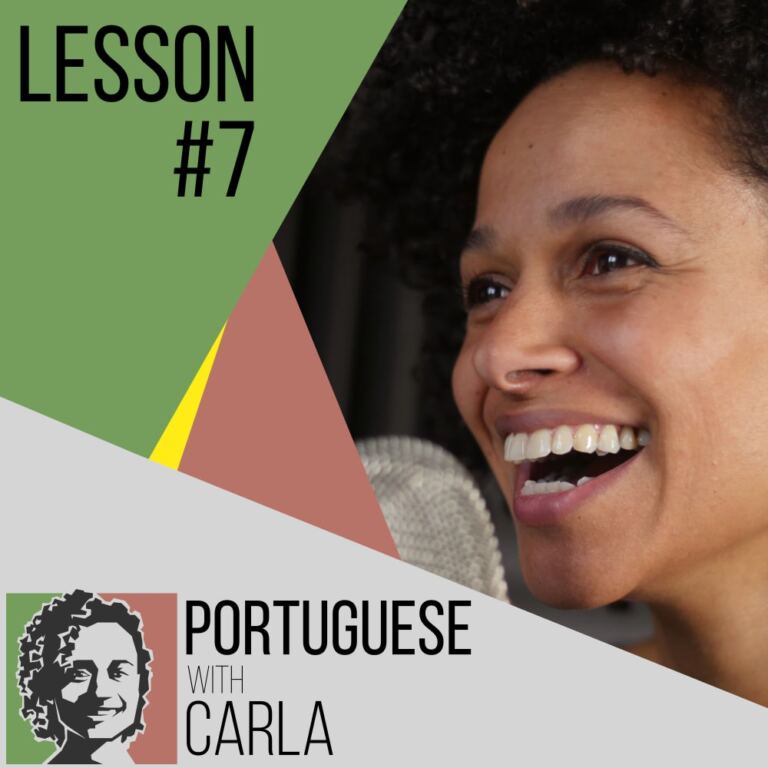“Natal” in Portugal: Christmas in The Iberian Country
The first-ever Christmas celebration happened in Rome in AD 336. Since then, this religious festivity spread all over the world. As a mainly Catholic country, Portugal also celebrates the Christmas season. It is simultaneously a religious holiday, an old tradition, and a family celebration.
“Natal” is the Portuguese word for Christmas. Like in other countries, stores and streets are decorated with the wishes of “Feliz Natal” (Merry Christmas). Families also get together to share food and exchange gifts. But what makes the festive season in Portugal different?
Below, discover everything about “Natal” in Portugal: Christmas with a few Iberian twists.
The History of Christmas in Portugal
In Portugal, Christmas customs have changed over the years. The majority of the Portuguese Christmas traditions were imported from Germany. For instance, Fernando II, the Consort Prince between 1836 and 1837, brought customs like the decorated Christmas tree.
For the Portuguese, the 25th of December and the 6th of January were both national holidays until 1967. At that time, the 6th of January, also called “Dia de Reis” (Kings Day), remained only a religious day instead of a holiday.
Curiously, only at the end of the 20th century did the Portuguese adopt Santa Claus as part of Christmas. By then, it was already a widely recognized character in many other countries. In Portuguese, Santa Claus’s name is “Pai Natal,” translating to “Father Christmas.”
Portuguese Christmas Traditions
Christmas is not much different in Portugal than in most other Catholic countries. Still, each place has its customs, and Portuguese families also have their own Christmas traditions.
Would you like to learn more about Portugal? Check out our language program, The Journey. It presents a thorough and interactive approach to learning European Portuguese. At the same time, it introduces the Portuguese traditions and culture.
In Portugal, Christmas Eve (“Consoada“) is the most significant part of the festivities. Similarly to other countries, families prepare ahead for the occasion and make time to spend together. Also celebrated with a big family meal is Christmas Day. Here are some of the things you will see when spending Christmas in Portugal:
The Christmas Tree
The Christmas spirit arrives early in Portugal. Preparations for the festive period begin in the first days of November. Most families start decorating their houses and setting up Christmas trees by mid-month. Interestingly, the Portuguese tradition is to use a pine tree instead of the Normmand Fir or the Fraser Fir, popular in the UK and the US.
Municipalities, hotels, and shopping centers set up at least one giant Christmas tree or an illuminated model of one. Offices and other companies also have their Christmas decorations. Yet, most workplaces’ tend to choose smaller trees with simple ornaments.
Nativity Scenes
A Christmas tradition that remains until now is the creation of the “Presépio,” the Portuguese nativity scene. The characters included vary according to the size of the representation. But all of them have what is referred to as the Holy Family (“Sagrada Família”), with Joseph, Mary, and baby Jesus.
The largest nativity scene in Portugal in 2023 is 240 square meters. For the last 20 years, the town of Castro Marim in the Algarve has been the creator of this giant “Presépio,” which keeps growing.
The “Bananeiro”
The “Bananeiro” is a Christmas tradition from Braga. There is a store there called “Casa das Bananas” (House of Bananas), which used to be a banana warehouse. The owner had a small counter where he served Moscatel, a sweet Portuguese wine, as a way of attracting customers. When they requested something to eat, he would offer them a banana.
Based on this habit, his son started a tradition with his friends to have a glass of Moscatel wine and a banana before Christmas Eve dinner. It quickly became popular and is now celebrated by thousands of people.
The “Caretos”
In some traditional villages in the North of Portugal, the locals celebrate the winter solstice with the “Caretos.” This folk practice lasts until the Epiphany, on the 6th of January. In it, young men in the village dress up in colorful suits. They perform several rituals, like strolling the local streets and throwing hay and water at onlookers.

“careto pensador” by Rosino, licensed under CC BY-SA 2.0 Deed
The “Missa do Galo”
“Missa do Galo” is the midnight mass celebrated between Christmas Eve and Christmas Day. This expression is common in Portugal, Spain, and other Latin-American countries, like Bolivia and Brazil.
Despite the different name, the midnight mass is similar in all Roman Catholic countries. It is a part of the Christmas festivities in which families attend a service in the local church to celebrate the Nativity of baby Jesus.
The Business Side of Christmas
Besides a religious holiday, Christmas is also a huge business opportunity. You will start listening to holiday tunes right after Halloween. Store decorations, festive items, and Christmas lights appear from then onward.
From supermarket chains to artisans, most businesses use the festive season to boost their sales. The characteristic colors – red, green, and white – and the festive illuminations create a welcoming atmosphere. This way, customers are more likely to leave their homes despite the cold.
Markets and Fairs
Most municipalities organize a Christmas market. Some are more famous and well-supplied than others. Regardless, these fairs promote local business. They provide convenient solutions to those looking to buy their Christmas gifts. For example, the Porto and the Rossio Christmas Markets are two renowned fairs in December.
At the same time, they aim to entertain the children on vacation during the holidays. Perlim is a Christmas theme park in Santa Maria da Feira, in the North of Portugal. In Lisbon, Wonderland is another fair focused on Christmas cheer.
Traditional Portuguese Christmas Food
The Portuguese love to eat well, and what better excuse than a holiday? There are some dishes specifically related to Christmastime. But most of the foods on the typical Portuguese Christmas table are cozy winter dishes.
You can enjoy them throughout winter or even cook them yourself at home. Even people who don’t celebrate Christmas appreciate the classic holiday foods.
During the last century, Christmas traditions in Portugal changed a lot. Before, each region had its typical dishes, so Christmas dinner would vary depending on where you were. With time, the traditions conjoined, creating what we now know as the Portuguese Christmas table.
Savory Dishes
Do you want to know more about traditional Portuguese food and customs? Visit our website and discover The Journey. Our European Portuguese course can help you learn our language while exploring our culture!
Learn European Portuguese the Instinctive Way!
For the last decade, we’ve been working on putting together the best possible European Portuguese course. After much research, feedback from our students, and several iterations, we think we’ve got it! 😉
At the base of it all is a sound conviction that languages are better learned instinctively, so the process needs to engaging, varied, and enjoyable. Throughout, we used scientifically proven techniques to help you master pronunciation, phrase construction, oral understanding, grammar, and all the necessary bits to get you to fluency. And still, the whole thing is presented as an adventure. It’s a course like no other, trust us!

Credit to the photographer: Daniel Lobo
Bacalhau Com Todos
The Portuguese tradition is to serve “Bacalhau Com Todos” for the Christmas Eve dinner. It is a simple dish comprising boiled potatoes, vegetables like Portuguese cabbage and carrots, boiled eggs, and cod fillet. Upon serving, the natives top everything with a generous drizzle of olive oil.
Roasted Turkey
Associated with higher social classes, turkey (“Perú”) was already a popular Christmas Day dish in Portugal by the 18th century. Some would consume it upon arriving from the midnight mass, while others would have it for Christmas Lunch. Instead of the stuffed turkey, popular in other countries, the Portuguese recipe is to marinate the bird before roasting.
Cabrito Assado
Meat dishes are standard for Christmas Lunch in mainland and island Portugal. The main meal for most Portuguese families on Christmas day is a roasted meat dish. It could be a roasted baby goat (“Cabrito Assado”), lamb (“Borrego”), or rooster (“Galo”). Natives usually serve it with roasted potatoes and boiled or sauteed turnip greens.
Roupa Velha
In the Northern regions of Portugal, natives often use the leftovers from Christmas dinner to make “Roupa Velha” (Old Clothes). Its recipe varies widely, but it is a way to avoid wasting food without eating the same meal.
Desserts And Sweet Treats
Portuguese confectionery uses lots of egg yolks, sugar, and almonds. Then, depending on the recipe, it includes other ingredients, like milk, flour, or butter. Some Portuguese Christmas desserts are specific to the festive period. Rest assured, no one would judge for eating them at other times, but they might be harder to find.

“Bolo Rei” by Britta Frahm, licensed under CC BY 2.0 Deed
Bolo Rei – The King Cake
“Bolo Rei” is a sweet bread filled and topped with nuts and colorful candied fruit. It is identical to a fruit cake made of brioche dough and with the shape of a crown.
Despite being now a traditional Christmas cake in Portugal, the “Bolo Rei” originated in France. It became associated with the Nativity, New Year’s Eve, and Epiphany celebrations in the court of Louis XIV. Full of holiday symbolism and colorful fruit decorations, it was banished for some time during the French Revolution.
The “Gateau des Rois” arrived in Portugal during the 19th century. The first to produce it was the Confeitaria Nacional, one of the best and earliest Portuguese confectionaries. Later, it spread throughout the country and became a staple of the holidays and the winter.
Bolo Rainha – The Queen Cake
“Bolo Rainha” is a crown-shaped sweet bread similar to King Cake. However, its toppings are almonds, walnuts, raisins, and hazelnuts. Thus, it is perfect for those who don’t enjoy candied fruits.
Arroz Doce – Sweet Rice Pudding
“Arroz Doce” is not an authentic Portuguese dessert. Its origin is uncertain but usually associated with Asia. There are many versions of Sweet Rice Pudding across the world. The Portuguese recipe calls for rice, milk, egg yolks, sugar, and butter. With lemon zest for flavor, the tradition is to top it with powdered cinnamon before serving.
Fatias Douradas – Portuguese French Toast
Also called “Rabanadas,” “Fatias Douradas” (Gloden Slices) are the Portuguese version of French Toast. The slices of bread are soaked in a mixture of eggs and milk, fried in oil or butter, and covered in cinnamon sugar or simple syrup.
The Latest Holiday Trends in Portugal
Christmas Villages
The number of Christmas Villages has increased in the last few years. For example, the city of Óbidos sets up a famous Christmas village for a month. Piódão is another historic small town called the Nativity Scene Village (“Aldeia Presépio”).

Credit to the photographer: Mussi Katz
For the last eleven years, the village of Cabeça, near Serra da Estrela, has been a Christmas Village during December. The villagers decorate the streets and plan various activities for kids and grown-ups that also help boost local trading.
Christmas Eve Getaways
In the last few years, more Portuguese spend the holidays in hotels. For them, it is a convenient solution that allows them to relax and enjoy the time off.
Since Portugal has a warm winter, some natives visit Serra da Estrela during the holidays. This way, they can have a white Christmas and practice winter sports.
Due to this trend, more restaurants and hotels are creating Christmas menus. Some have their versions of traditional Christmas foods, while others serve the original recipes. Regardless, more places than ever are open and often full, especially for Christmas Day.

“Serra da Estrela, Portugal” by ielaba98, is licensed under CC BY-SA 2.0 Deed
Summing Up Christmas in Portugal
In Portugal, Christmas is a significant festivity. From starting as a religious celebration to becoming a family party, the natives’ approach to it has changed. There are the standard decorations, the Christmas tree, gift exchanges, and family gatherings. But some Christmas traditions in Portugal are unlike anything you might find in other countries.
Besides, the typical dishes for the holiday season are delicious and comforting, and you can enjoy them whenever you feel like it. Whether you celebrate Christmas or not, now you know what to expect if you plan on visiting Portugal during the festive season.
Would you like to find out more about the Portuguese culture and language? Check us out on social media @portuguesewithcarla, where we post snippets of our home country and its beautiful language!









